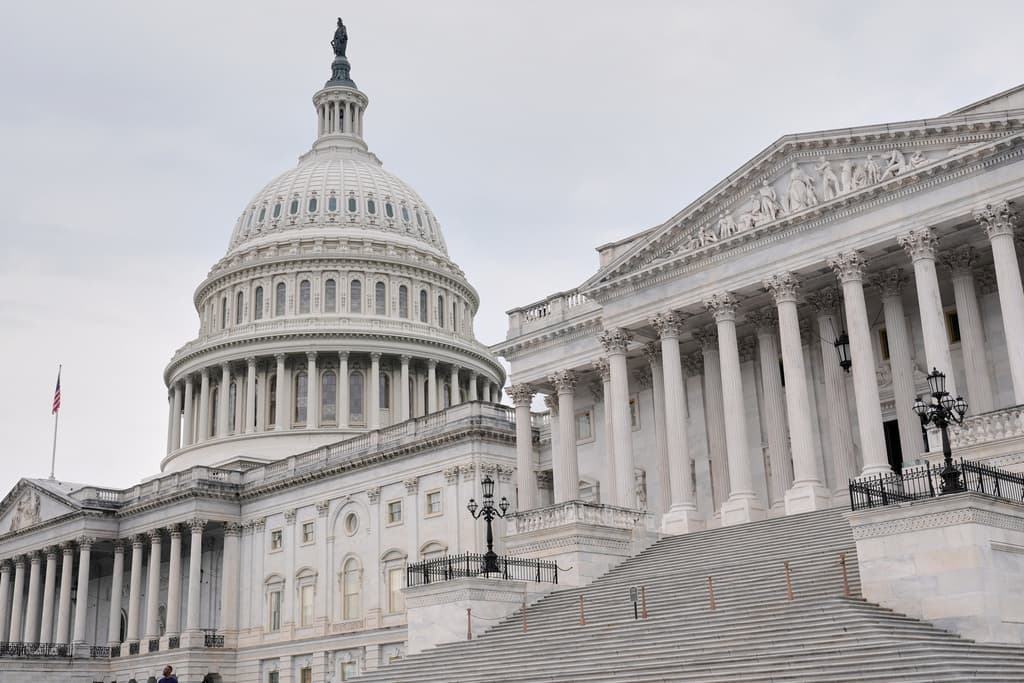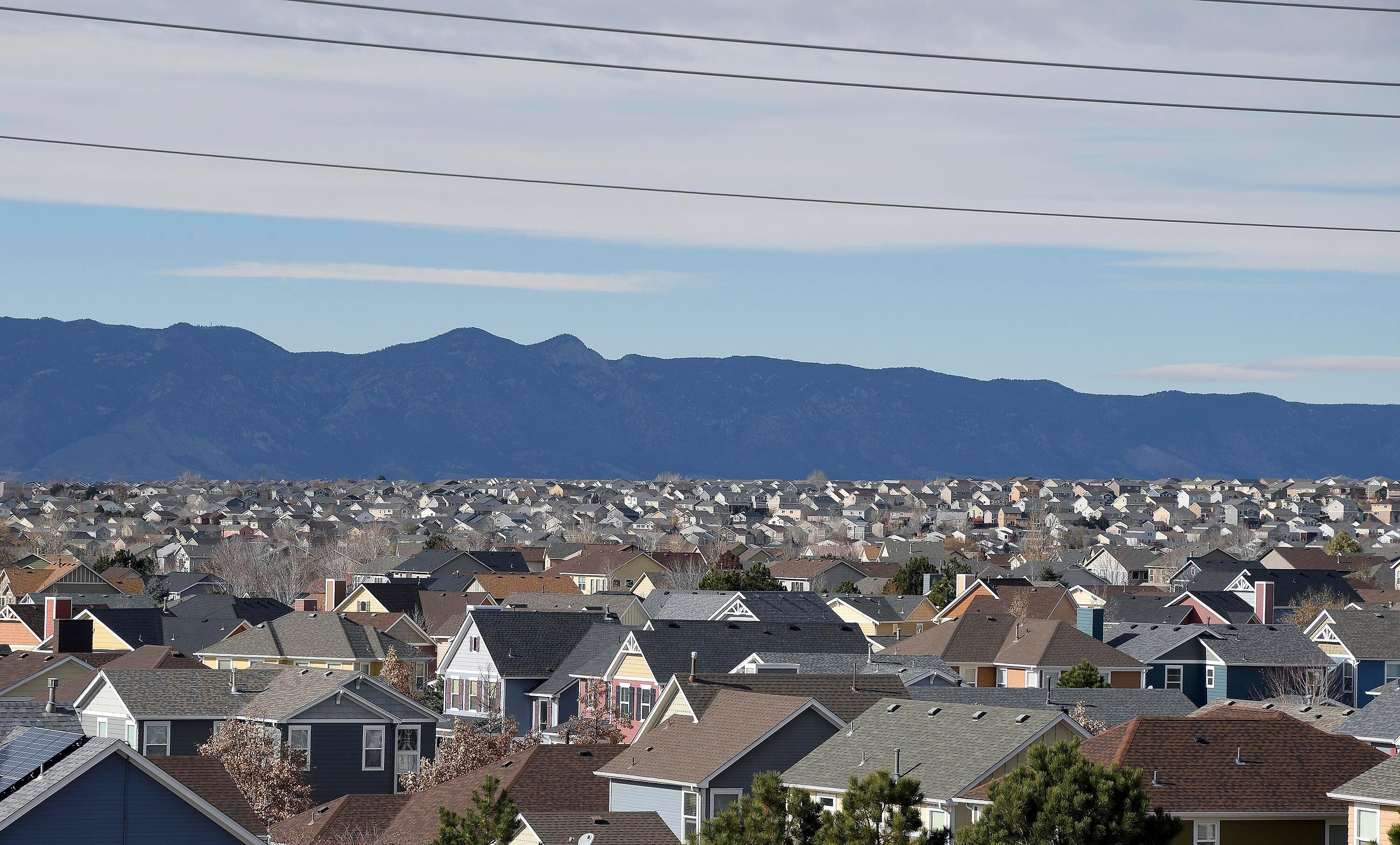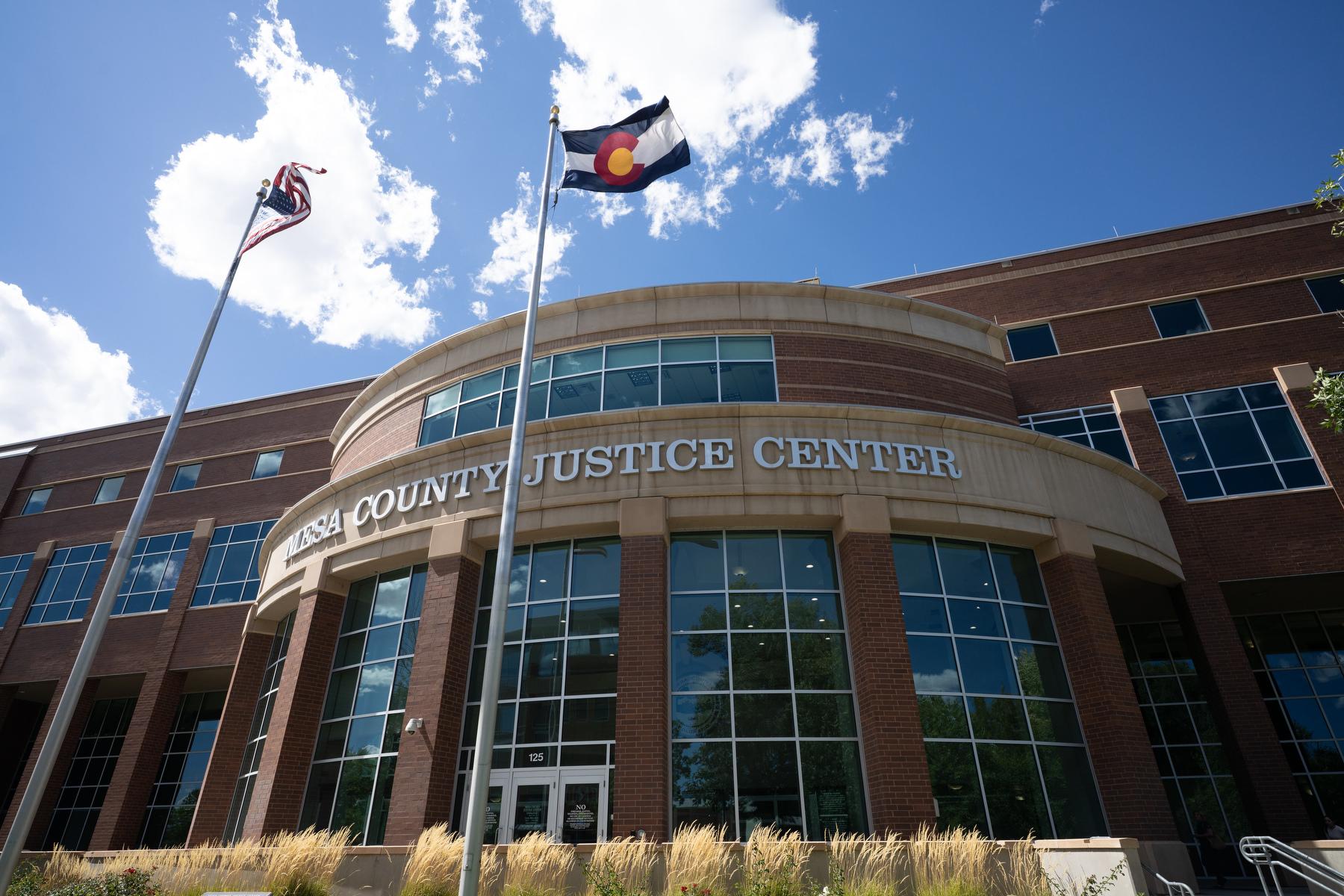
"These are bristlecone pine and they are very unique."
Sharon Harding-Shaw walks the rows and rows of trees that fill sections of Harding Nursery in Colorado Springs.
"You can always tell the bristlecone because they have the little white flecks on their needles."
She picks her way between puddles from a recent rain, rattling off facts about each one.
"They're a small tree and also they only get up to like 20 foot."
Harding-Shaw can name them all.
She was born into the tree and gardening industry. Her parents started Harding Nursery in 1957. She's now the president of the endeavor, working alongside her sister, husband, and kids.
"...so [there's] a longevity of the family going down to the third generation," she said.

This year, Harding-Shaw said they've harvested 10,000 trees from their various growing fields to sell. On average, 10 years of care go into each evergreen tree at Harding Nursery before they go on the market.
For deciduous trees — those that lose their leaves — it's about four years from planting to sale.
"We want our customers to have success with whatever they plant," she said. "So we carry and grow what is going to thrive here in Colorado and in the Colorado Springs area which is at about 6,100 feet here and we sell up to Monument, which is 7,200 feet."
In addition to the varying elevations along Colorado's Front Range, other variables can make it difficult for trees to survive in the region. Soil conditions and a wide range of possible temperatures all play a role in what species can thrive.
Harding-Shaw said about 90 percent of the trees at the nursery can be found on a recently updated list known as the Front Range Tree Recommendation List. It's put together by nursery and tree care professionals, academics from Colorado State University and staff at the Denver Botanic Gardens.
But Harding said, the list doesn't influence what she keeps in stock — her experience and generations of knowledge serve her well — but she does think it's a helpful tool. It includes more than 200 trees and outlines the potential for disease and soil chemistry concerns that should be considered when planting a tree.
John Murgel is a horticulture and natural resources extension specialist for Colorado State University in Douglas County. He said the list can be used to compare how well certain trees are expected to do in any given site from the south end of Colorado Springs to the Wyoming border and out east onto the Plains.
That being said, he said it can be a little much for the average citizen to take in.

"It's aimed more at people who work with trees a lot because for some it's TMI (too much information)," Murgel explained. "There's just a lot to wade through."
He suggested the easiest part of the list to take in is the "not recommended" section. Of the entire 10-page document, the list of trees to avoid is only about half a page in length.
"This shows that a whole lot of different kinds of trees can be grown here," Murgel said.
Some reasons trees might not thrive here, though, are because they can't withstand cold temperatures well. Others on the list are susceptible to disease.
"That would be the case of black walnut, which grows really well here, but is susceptible to a disease called thousand cankers, which is a fungal disease that is vectored by a little twig beetle that naturally occurs in Arizona and blew up here probably in a big wind event," Murgel said.
A few others that don't make the cut include any variety of ash tree in areas north of the Palmer Divide through Denver because of the Emerald Ash Borer, a jewel beetle native to northeastern Asia that feeds on ash species. It has been detected in Colorado but has yet to move south of Littleton.

"Because we have emerald ash borer [in parts of Colorado], any ash tree is going to require pesticide injections to maintain it for the rest of its life," Murgel said. "So we don't recommend planting an ash tree at all and, in fact, it's not allowed in most developments and many municipalities have said you can't plant these anymore."
That's the case for Colorado Springs, which maintains its own list of tree species allowed on city land.
Matt Puckett is a forester with Colorado Springs but has worked as an arborist throughout southern Colorado. He said geographic location is a huge factor to consider when planting a tree.
"Stuff that may do well towards Fountain or Pueblo may not do so well on the Palmer Divide. It's that cold hardiness that you have to remember," he said.
For instance, he said the American Sycamore tree may do well in Fountain where there's adequate water but the wind and colder temperatures along the Palmer Divide would prove challenging for the species.
"I would most certainly not recommend planting that tree in the Palmer Divide," he said. "You've got to be aware of that."
Sharon Harding-Shaw at Harding Nursery in Colorado Springs agrees that awareness is paramount. Even so, she said her staff can usually help customers find the perfect tree even if they only have a vague idea of what they want.
"People may know they want the fall color or something that is really durable," she said. "...or even something they just really like the looks of and they have to take maybe a little more care of."
She said planting a tree is an investment in the future of your home and the environment. And it's not a task you have to take on alone.
- Interview: Colorado’s history in trees — from George Washington to Johnny Appleseed — is the focus of a new Denver Botanic Gardens film
- Move over, Charlie Brown. Trade your traditional evergreen Christmas tree for a juniper tree from Colorado’s Eastern Plains
- Why forested Colorado barely has a Christmas tree industry
- $22 million worth of trees are coming to Colorado
- Yes, you need to water your trees
- Add Road Salts To The Long List Of Things Killing Colorado Trees









